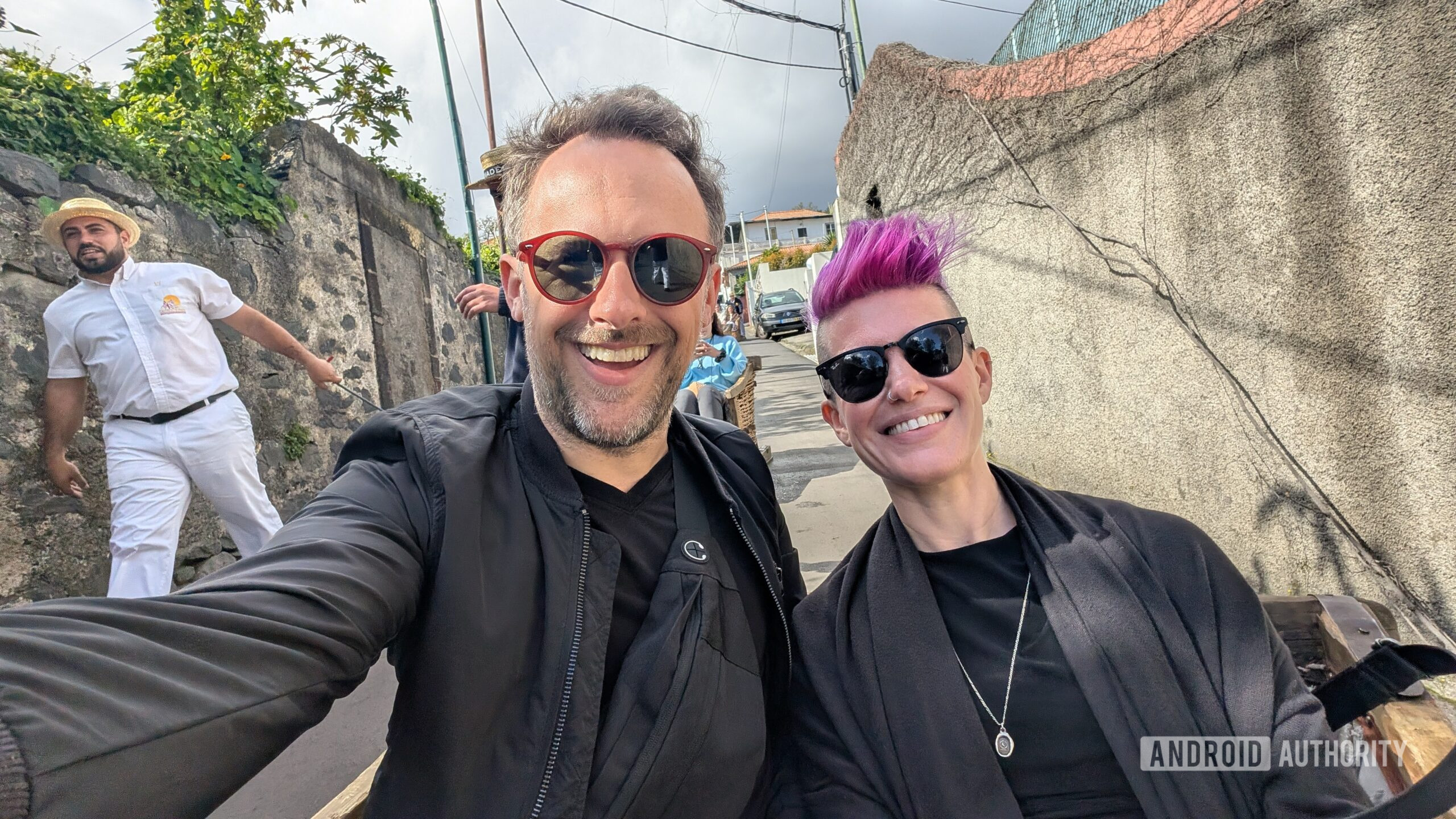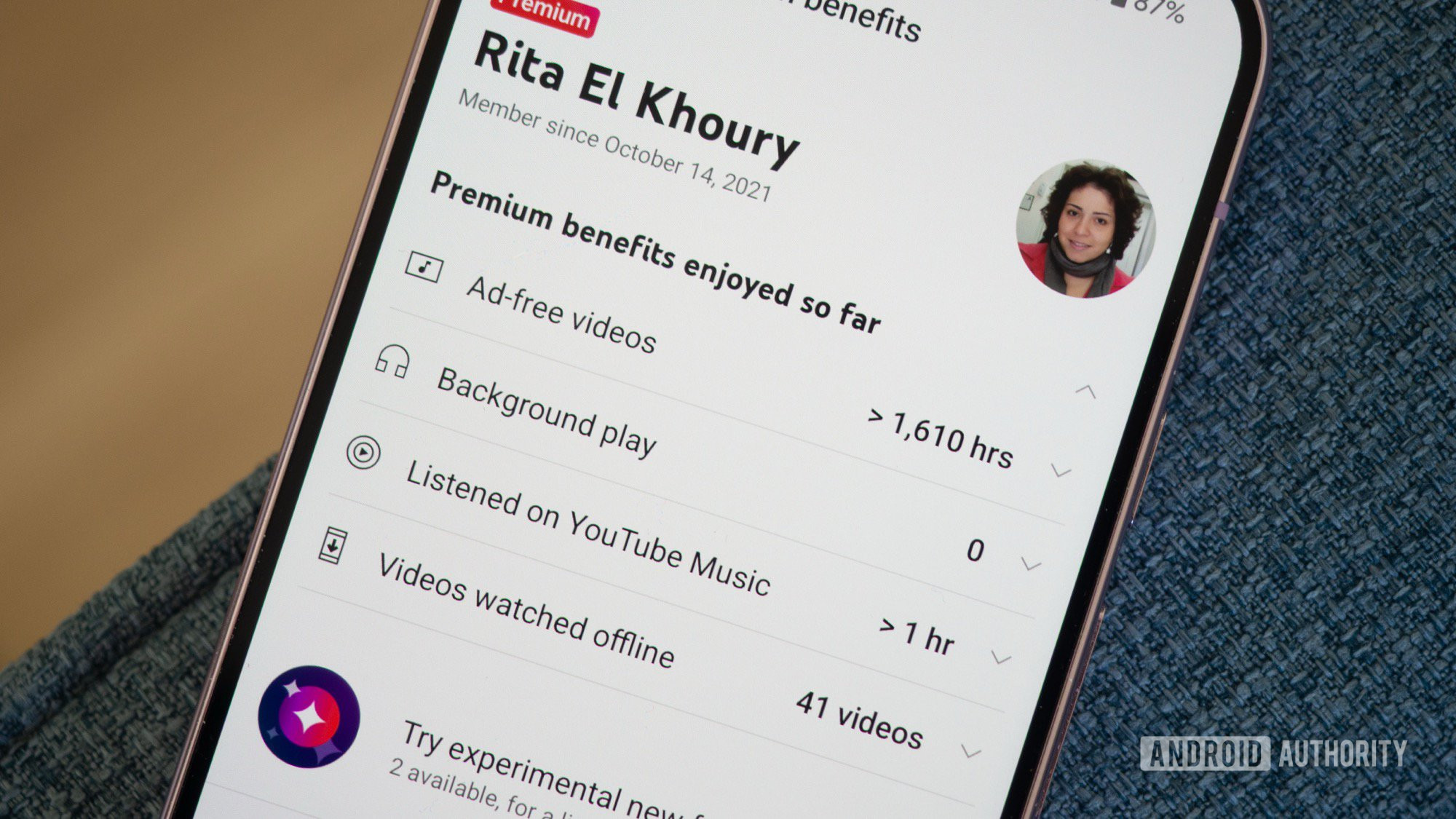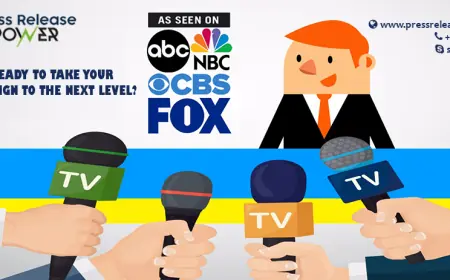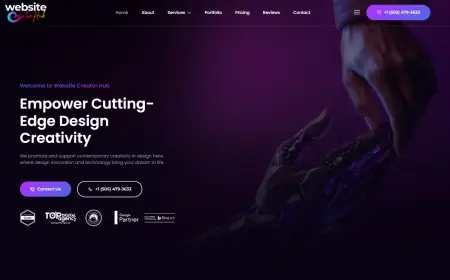The Ultimate Guide to Advertising E-Learning: Strategies for Success
The e-learning industry has exploded in recent years, thanks to the increasing demand for online education. With numerous platforms offering diverse courses, it's essential for e-learning providers to effectively advertise their services. In this guide, we will explore the most successful strategies for Advertising E-Learning, using proven techniques such as PPC Advertising for E-Learning, website advertising, and leveraging the Best E-Learning Marketing Campaigns to achieve optimal results.
Advertise Now
Understanding the E-Learning Landscape
E-learning, or online education, has become a dominant force in the education sector. This shift is due to several factors, including technological advancements, the global shift toward remote work and learning, and the flexibility that online education offers to learners of all ages. According to industry reports, the global e-learning market is expected to reach $400 billion by 2026.
As competition in the e-learning space increases, companies need to focus on strategic marketing to stand out and attract more students. From small online course providers to massive open online courses (MOOCs), effective advertising can make the difference between growth and stagnation.
Why Advertising E-Learning Matters
While the demand for e-learning is high, so is the competition. As more companies enter the field, e-learning providers need to implement smart advertising strategies to get their courses in front of the right audience. Without effective advertising, even the best-designed courses may go unnoticed. This guide covers the essential tactics to advertise e-learning, helping providers maximize their visibility and student enrollments.
Key Strategies for Advertising E-Learning
PPC Advertising for E-Learning
PPC Advertising (Pay-Per-Click) is one of the most effective methods for promoting e-learning services. PPC allows you to place ads on search engines (like Google) and social media platforms (like Facebook) and only pay when a user clicks on your ad. Here’s how to optimize PPC advertising for e-learning.
Targeting the Right Audience
Targeting is crucial in PPC campaigns. You can tailor your ads to reach individuals based on location, interests, age, and behavior. For e-learning, it’s essential to focus on demographics such as professionals seeking continuing education, students looking for extra learning opportunities, and individuals seeking new skills for career advancement.
Choosing the Right Keywords
Keyword research is fundamental to PPC success. When advertising e-learning, focus on high-intent keywords such as:
- "Online learning courses"
- "Best e-learning platforms"
- "Courses for skill development"
- "Affordable e-learning services"
By incorporating these keywords into your ads, you’ll attract individuals who are actively searching for e-learning solutions. Additionally, using long-tail keywords can help target niche audiences who are more likely to convert.
Creating Compelling Ad Copy
Your ad copy must be clear, concise, and compelling to encourage users to click. Highlight the key benefits of your courses, such as:
- Flexible learning schedules
- Expert instructors
- Certification upon completion
For example, “Enhance your skills with our flexible e-learning courses. Learn at your own pace and get certified!”
Measuring Success with Analytics
Using analytics tools like Google Ads or Facebook Ads Manager, you can monitor the performance of your PPC campaigns. Key metrics include:
- Click-through rate (CTR)
- Conversion rate
- Cost per acquisition (CPA)
Tracking these metrics will help you adjust your campaigns to improve performance, optimize spending, and achieve a higher return on investment (ROI).
Social Media Marketing for E-Learning
Social media platforms are essential for advertising e-learning services. Platforms like Facebook, Instagram, LinkedIn, and YouTube offer excellent opportunities to engage with your target audience. Here’s how you can leverage social media for effective e-learning promotion.

Choosing the Right Platform
Each social media platform has a different user base and serves different purposes. For instance:
- LinkedIn is ideal for targeting professionals looking for career advancement through learning.
- Facebook and Instagram are great for reaching a broader audience, including students and young professionals.
- YouTube can be used to share free course previews, tutorials, or educational content that drives users to your paid courses.
Content Strategies for Social Media
On social media, content is king. Here are some content strategies for promoting e-learning services:
- Video Tutorials: Short video lessons or teasers of your courses can engage users and encourage them to explore full courses.
- Infographics: Create visually appealing infographics highlighting the value of your courses.
- Testimonials and Success Stories: Share success stories of past learners who have benefited from your courses to build credibility.
Using Paid Social Media Ads
Paid social media advertising allows you to reach a wider audience. With platforms like Facebook Ads and LinkedIn Ads, you can set up targeted campaigns that reach individuals based on their interests, behavior, and demographics. For example, LinkedIn’s professional targeting options make it an excellent platform for advertising e-learning to professionals.
Content Marketing for E-Learning
Content marketing is an essential strategy for building awareness and trust in your e-learning platform. This approach involves creating valuable and informative content that addresses your audience’s pain points and positions your courses as the solution.
Blog Posts and Articles
Publishing regular blog posts on topics related to your courses can help drive organic traffic to your website. For example, if your e-learning platform offers coding classes, you can write blog posts about:
- Why Learning to Code is Essential in Today’s Job Market
- Top 5 Programming Languages to Learn in 2024
These posts will attract readers interested in coding and direct them to your courses.
E-Books and Guides
E-books and guides are excellent lead magnets. Create in-depth resources that cover specific topics related to your courses, such as “The Ultimate Guide to Digital Marketing.” Offer these resources for free in exchange for email addresses, which you can use for future email marketing campaigns.
Webinars and Online Workshops
Hosting webinars is another effective content marketing strategy for e-learning platforms. By offering a free webinar on a topic relevant to your audience, you can demonstrate your expertise and encourage participants to enroll in your paid courses.
Best E-Learning Marketing Campaigns: Lessons from Top Brands
Successful e-learning marketing campaigns can serve as excellent examples of what works in this industry. Here are a few campaigns that set the standard for advertising e-learning.
Udemy’s Email Campaigns
Udemy uses targeted email marketing to reach its audience. They send personalized course recommendations based on the user’s interests and previous courses. Their frequent discount emails also create a sense of urgency, encouraging users to enroll in courses during sales.
Coursera’s Social Media Strategy
Coursera leverages platforms like LinkedIn to engage with professionals seeking higher education. They use testimonials, blog articles, and professional success stories to promote their courses. By showcasing industry partnerships and university collaborations, Coursera effectively builds trust among potential students.
MasterClass’s Video Content
MasterClass excels in video content marketing. Their high-quality video ads feature celebrity instructors who are leaders in their fields. These ads are not only engaging but also show the value of learning directly from experts.
Promoting E-Learning Services with Website Advertising
Website advertising remains a powerful tool for promoting e-learning services. Displaying ads on educational blogs, news sites, or popular online platforms can help you reach potential students who are actively seeking learning solutions.
Display Ads on Related Websites
Consider placing banner or display ads on websites that your target audience visits frequently. For example, if you offer tech-related courses, advertising on tech blogs or news platforms can be highly effective. Use eye-catching visuals and concise messaging to capture attention.
Retargeting Campaigns
Retargeting allows you to show ads to users who have already visited your website but did not enroll in a course. This technique keeps your brand top-of-mind and encourages users to complete their enrollment.
Conclusion
Effective Advertising E-Learning requires a multi-channel approach, from PPC advertising and social media marketing to content marketing and website advertising. By targeting the right audience, using compelling content, and optimizing your campaigns, you can attract more students and grow your e-learning platform. Whether you’re promoting a single course or a comprehensive learning platform, these strategies will help you achieve advertising success in the competitive e-learning space.
Frequently Asked Questions (FAQs)
How much should I budget for e-learning PPC advertising?
Ans: The budget for PPC advertising can vary significantly based on your specific goals, target audience, and competition in your niche. A good starting point is to allocate a modest budget and monitor performance metrics such as cost per acquisition (CPA) and return on investment (ROI). As you gather data and understand which keywords and ads perform best, you can adjust your budget accordingly to optimize your campaigns.
Which social media platform is best for promoting e-learning?
Ans: The choice of social media platform depends on your target audience. LinkedIn is excellent for targeting professionals and offering career-oriented courses, while Facebook and Instagram are more suited for reaching a broader demographic, including students and young professionals. YouTube is particularly effective for video content, allowing you to showcase course previews and tutorials.
How can I track the success of my e-learning advertising campaigns?
Ans: To effectively track the success of your advertising campaigns, utilize analytics tools such as Google Analytics, Facebook Ads Manager, or LinkedIn Campaign Manager. Focus on key performance indicators (KPIs) like conversion rates, click-through rates (CTR), and overall ROI. Regularly analyzing these metrics will help you understand what strategies are working and where you can improve.
How important is email marketing for e-learning advertising?
Ans: Email marketing is crucial for nurturing leads and maintaining relationships with potential students. By sending targeted email campaigns that offer personalized course recommendations, special discounts, or educational content, you can effectively encourage users to enroll in your courses. Building an email list allows you to directly reach interested learners and keep your brand top-of-mind.
How can I leverage testimonials in my e-learning advertising?
Ans: Testimonials are a powerful tool for building trust and credibility. Include quotes or video testimonials from past students who have completed your courses. Highlight specific benefits they gained, such as new skills, job advancements, or personal growth. Displaying authentic feedback can greatly influence potential students’ decisions to enroll.
What's Your Reaction?
 Like
0
Like
0
 Dislike
0
Dislike
0
 Love
0
Love
0
 Funny
0
Funny
0
 Angry
0
Angry
0
 Sad
0
Sad
0
 Wow
0
Wow
0



















































